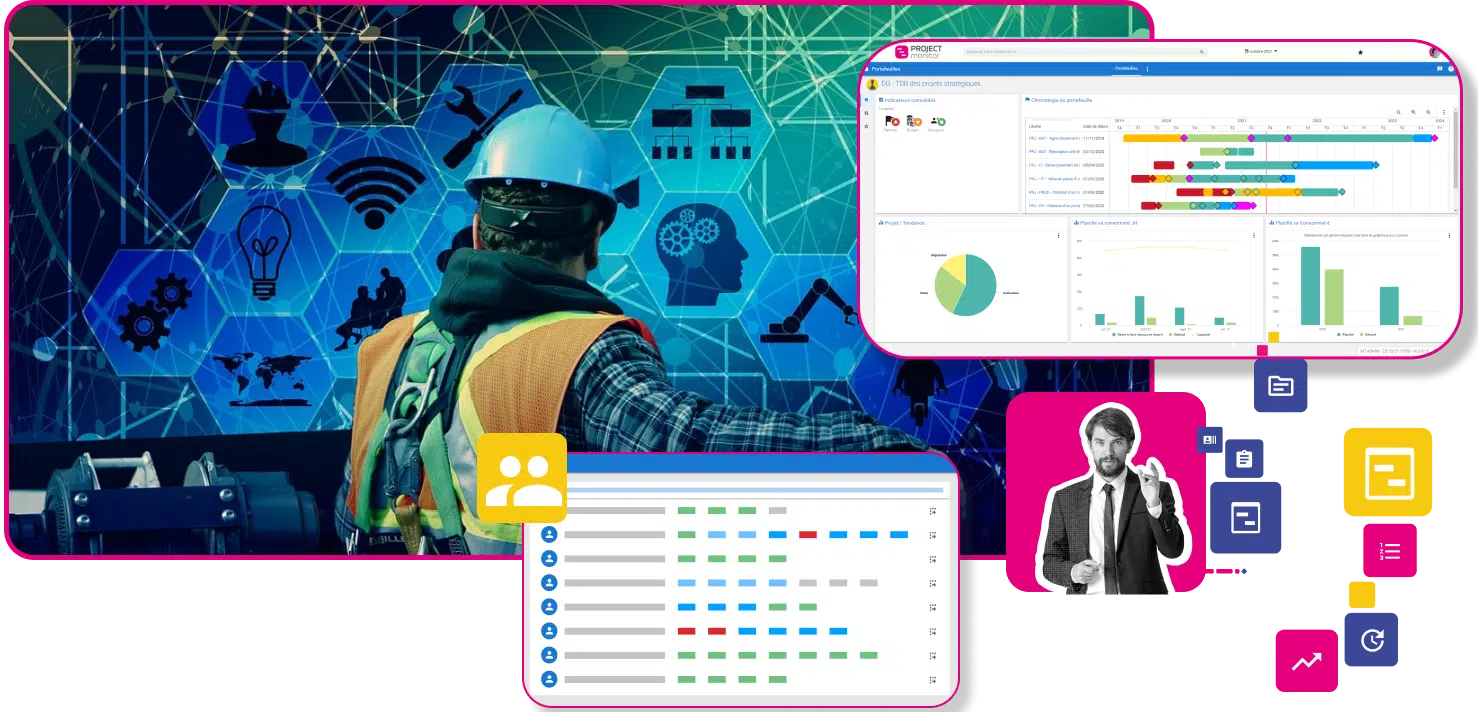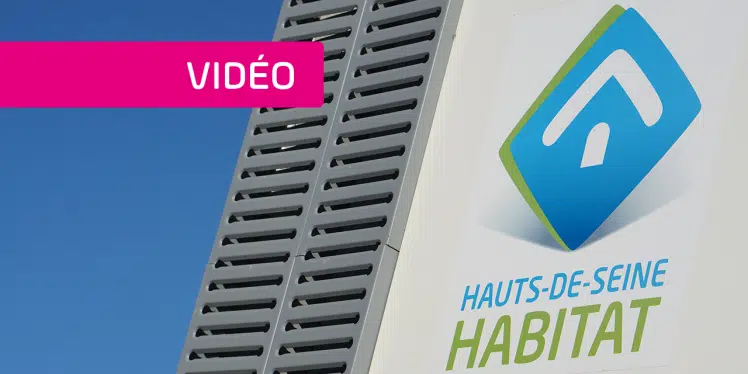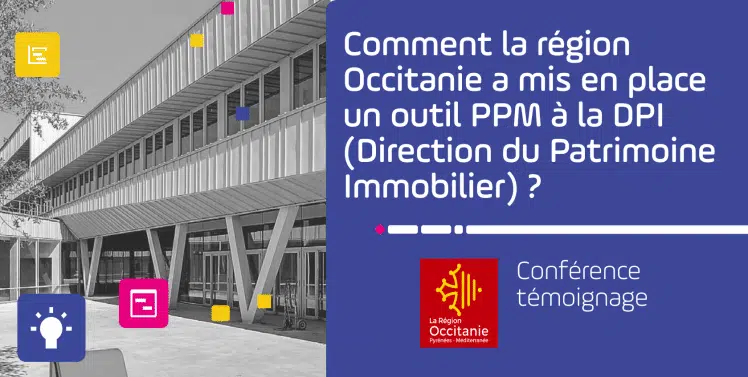Construction management solutions: why and how to use PPM software?
Managing your construction operations efficiently and delivering them on time is a real challenge... To meet this challenge, it's essential to have a global, cross-functional view of all your projects. Fortunately, there are construction management tools that make it easier to create an overview of construction processes, and to anticipate and prevent risks that could hinder project success.
This article is aimed at construction managers and others involved in managing a construction site. Looking for construction project management methods & tools? You've come to the right place!
That's where Construction Project Management (CPM) can help. Construction management refers to all the activities and processes involved in planning, coordinating and controlling a construction project, from its initial conception to its final completion.
Construction management requires multidisciplinary expertise and project management skills.
Thanks to optimized project portfolio management, you'll be able to maximize the efficiency of your operations and keep them on time and on budget. Project Monitor is a PPM - Project Portfolio Management - software package that helps OPHs, local authorities, firms and developers manage their construction and renovation operations.
Find out more in this article :
- Why use PPM software to manage your operations?
- Example of a construction project: The Occitanie region uses Project Monitor to manage the construction and renovation of its high schools.
- How Project Monitor can help you better manage your construction operations
What is construction project management?
Construction project management is the process of planning, organizing, coordinating and controlling all the steps required to complete a construction project, from its initial conception to its final delivery. This includes the management of human resources, materials, equipment, deadlines, costs and quality.
What are the 6 main stages of construction?
The six main stages of construction project management are as follows:
- Defining objectives and requirements: This stage involves clearly defining the project's objectives, the expectations of stakeholders and the customer's specific requirements. It's essential to understand the project's needs before you start planning.
- Project planning : Once objectives and requirements have been defined, project planning can begin. This involves drawing up a detailed plan that includes sequencing the work, estimating the resources required, scheduling, managing risks and allocating budgets.
- Project execution: At this stage, the project enters its realization phase. Construction crews work on site to implement the established plan. It's important to supervise day-to-day activities, coordinate the various stakeholders and ensure that work progresses according to specifications and deadlines.
- Monitoring and control: During the execution phase, it is essential to monitor and control project progress. This involves comparing achievements against the original plan, identifying deviations, taking corrective action where necessary, and managing any changes.
- Problem and risk management: Throughout the project, problems and risks may arise. It is important to put mechanisms in place to manage them effectively. This may involve identifying problems early, resolving conflicts, adapting to changes and proactively managing potential risks.
- Project closure: Once all project objectives have been met, it's time to close the project. This includes final completion, final inspection, testing and handover to the customer. Project closure also includes performance evaluation, lessons learned and final documentation.
How do you manage a construction project?
Construction project management generally involves the following steps:
- Defining objectives: It's essential to understand the customer's expectations, define objectives and construction processes, and establish clear success criteria.
- Project planning: This involves drawing up a detailed plan that identifies the tasks to be carried out, the resources required, the construction phases and important milestones.
- Resource allocation: This involves determining the human, material and financial resources required to complete the project. This includes hiring personnel, acquiring materials and equipment, and managing budgets.
- Project team organization: Building a competent, motivated team is essential. It's important to define the roles and responsibilities of each team member, and to encourage communication and collaboration.
- Monitoring and control: Throughout the project, it is necessary to monitor progress, check compliance with plans and specifications, manage risks and take corrective action if necessary.
- Risk management: Construction projects are subject to a variety of risks, such as delays, quality problems, cost overruns, adverse weather conditions and so on. Risk management aims to identify these risks, assess their potential impact and implement mitigation measures.
- Communication: Clear and regular communication with all project stakeholders, including the customer, team members, subcontractors and regulatory authorities, is essential to ensure good coordination and resolve any problems.
In a nutshell, construction project management aims to ensure the efficient and successful completion of a construction project while respecting deadlines, costs, quality and customer expectations.
Which tool to use for a construction manager?
Construction managers typically use a combination of tools to facilitate the planning, coordination and control of construction projects. Here are some of the most commonly used tools:
- Project management software: Specialized software such as Project Monitor can be used to plan tasks, establish schedules, allocate resources, track progress and manage project budgets.
- Modeling and design software: Construction managers can use 3D modeling software such as AutoCAD, Revit, or ArchiCAD to visualize and analyze construction plans, run simulations and renderings, and facilitate coordination between different stakeholders.
- Documentation management software: Tools such as Procore, PlanGrid or SharePoint enable you to efficiently manage and share project documentation, including plans, specifications, inspection reports, contracts and other important documents.
- Communication and collaboration software: construction managers often use communication and collaboration tools such as Microsoft Teams, Slack or Trello to facilitate communication between teams, share information in real time, organize virtual meetings and collaborate on documents.
- Cost and financial tracking tools: Financial management software such as Sage, QuickBooks or ProEst can be used to track project expenses, set budgets, manage invoices and payments, and generate financial reports.
Why use PPM software to manage your construction operations?
Project Portfolio Management (PPM) software is a tool used to centralize and manage all construction projects. It provides functionalities for tracking, evaluating and prioritizing projects. As well as making informed decisions on how to allocate resources and manage risks.
What are construction management functions?
Here are a few common features found in project portfolio management software that apply to construction management issues:
- Data centralization: The software makes it possible to consolidate all project-related information. Including objectives, deadlines, budgets, resources, risks, progress reports, etc., in a single location accessible to the entire organization.
- Schedule management: During the construction phase, the construction manager supervises phases and milestones, as well as dependencies.
- Resource allocation : The software enables you to manage available project resources, whether human, material or financial. It helps to balance workloads, allocate resources to appropriate projects and avoid over- or under-utilization.
- Performance tracking: The software provides tools for tracking and measuring the progress of projects, both individually and in the context of the overall portfolio. It generates reports, dashboards and graphs to assess project performance, detect potential problems and take corrective action.
- Risk management: The software facilitates risk management by identifying, assessing and tracking the risks associated with each project. It enables mitigation measures to be put in place and the effectiveness of these measures to be monitored.
- Collaboration and communication: PPM software often provides collaboration features, such as document sharing, online discussions and shared calendars, which promote communication between project team members and stakeholders. Not only can you use it within your Property Management/Construction department, but also within other departments, notably to manage projects at CIO. Project Monitor software supports property managers in their digital transition.
- Decision-making: By consolidating information on the entire project portfolio, the software facilitates informed decision-making on project selection, reallocation or termination. It allows you to visualize the impact of decisions on resources, deadlines and budgets.
Using project portfolio management software helps to optimize project management, improve transparency and visibility, and make strategic decisions based on hard data. This optimizes overall results and aligns projects with organizational objectives. A project portfolio management tool like Project Monitor helps you to optimize the management of your operations and deliver them on time!
Example: The Property Management Department of the Occitanie Region uses Project Monitor to manage the construction and renovation of high schools.
The Real Estate Department and the IT Department of the Occitanie region share their PPM tool.
The Direction de l'Informatique et du Numérique (DIN) of the Occitanie Region has been using Project Monitor software to pilot IT projects since 2018.
When the Property Management Department (Direction du Patrimoine Immobilier - DPI) wanted to equip itself with operations management software in 2022, the DIN presented the software to them.
The CIO then uses Project Monitor to manage construction and renovation work.
At the Occitanie Region, the Real Estate Department is responsible for the construction and renovation of high schools. The Occitanie Region is carrying out its Pluriannual Investment Plan for the period 2021-2027, which concerns:
- Construction or extension of high schools
- restructuring high schools, continuing accessibility projects and improving the energy performance of buildings, reflecting the Region's energy ambitions.
The Project Monitor software is used to manage construction processes. Project Monitor is used within the IPD to monitor construction and renovation sites:
- Schedule management
- Budget tracking with Grand Angle interface (integrated management system dedicated to steering local authority activities) for cost control
- Risk management and dashboards
- Task tracking
- Drafting progress reports
- Portfolio reviews
PROJECT MONITOR
Construction project management software
Project Monitor construction project management software connects your construction teams and processes. Organize your project methodologies more easily to boost productivity, improve control and deliver your construction projects on time. Project Monitor supports a wide range of private and public real estate players, including public housing authorities and local authorities.
Find out how Project Monitor can help you manage your construction operations more effectively.
Project Monitor is an all-in-one construction operations and project portfolio management software package.

Centralize construction processes on a single platform
- Harmonize project management practices across your organization
- Centralize information on the platform, by defining task managers
- Produce your governance bodies, project reviews and reports
- Track expenses and variances between forecast and actual to control costs
"Now information and problems are no longer sent by email, everything is centralized on Project monitor "
Follow all phases of construction management
- From feasibility study to project closure, follow every step of the way to accelerate deliverability.
- Get synthetic dashboards and indicators. You can see at a glance the health of your projects (project weather forecast, etc.).
- Get a structured, simplified and consolidated view of your project portfolio.
" Project Monitor has replaced our Excel spreadsheets and Microsoft Project files with a project management solution, accessible online to all, and more ergonomic."
Quickly identify potential problems and their impact on schedule and budgets.
- Manage your tasks on the kanban and organize them according to priorities.
- Check schedules and milestones to anticipate delays
- Analyze the evolution of the budget spent between the forecast and the actual.
"Since we set up Project Monitor , project managers have been able to concentrate on their added value rather than on the "administrative" part of project management. Exchanges are more qualitative, as project managers can concentrate on the elements they wish to challenge and share."
The tool prepares the points to be arbitrated, the schedules to be followed, the resources to be used. The tool structures project management. Project managers can concentrate on their added value, such as analysis, complements and follow-ups.
Project Monitor allows project managers to zoom in from the top for management's strategic vision, then zoom out to the operational level.
Project Monitor supports a wide range of public and private real estate players

Hauts-de-Seine Habitat, a single platform for managing all projects: strategic, construction, renovation, digital, etc.

Thursday, May 25, 2023
Do you work for an OPH, a local authority, an architectural firm or a property developer? Find out how project portfolio management software can help you get a head start on your construction operations. Read what our consultant from the Occitanie region has to say!
-
Construction Project Management, also known as project management, is the process of planning, coordinating and controlling all stages of a construction project, from conception to final completion. It involves the efficient management of human, material and financial resources, as well as the coordination of stakeholders and the supervision of construction activities to ensure that the project is completed on time, on budget and to specification. Construction Project Management plays a crucial role in the overall success of construction projects by ensuring efficient management, fluid communication and informed decision-making throughout the construction process.
-
Use Project Monitor 's Schedule Management and Gantt Chart functionality to plan and track the progress of construction phases in a simple, interactive and collaborative way. Thanks to our online Gantt, you can easily organize the different phases and milestones of your projects, assign people in charge and track the progress of each stage in real time. Which milestone has been reached? Which stage is behind schedule? Compare target schedule and actual schedule at a glance. You can see the difference on the Gantt chart, and even the biggest slippages are displayed in the project cockpit.
-
Project reviews enable all players and stakeholders to monitor the progress of construction processes together. Simplify the management of your project portfolio withproject review and portfolio animation features from Project Monitor. Gather and provide the right information to the right people, at the right time, so you can make informed decisions and trade-offs to ensure the success of your projects.